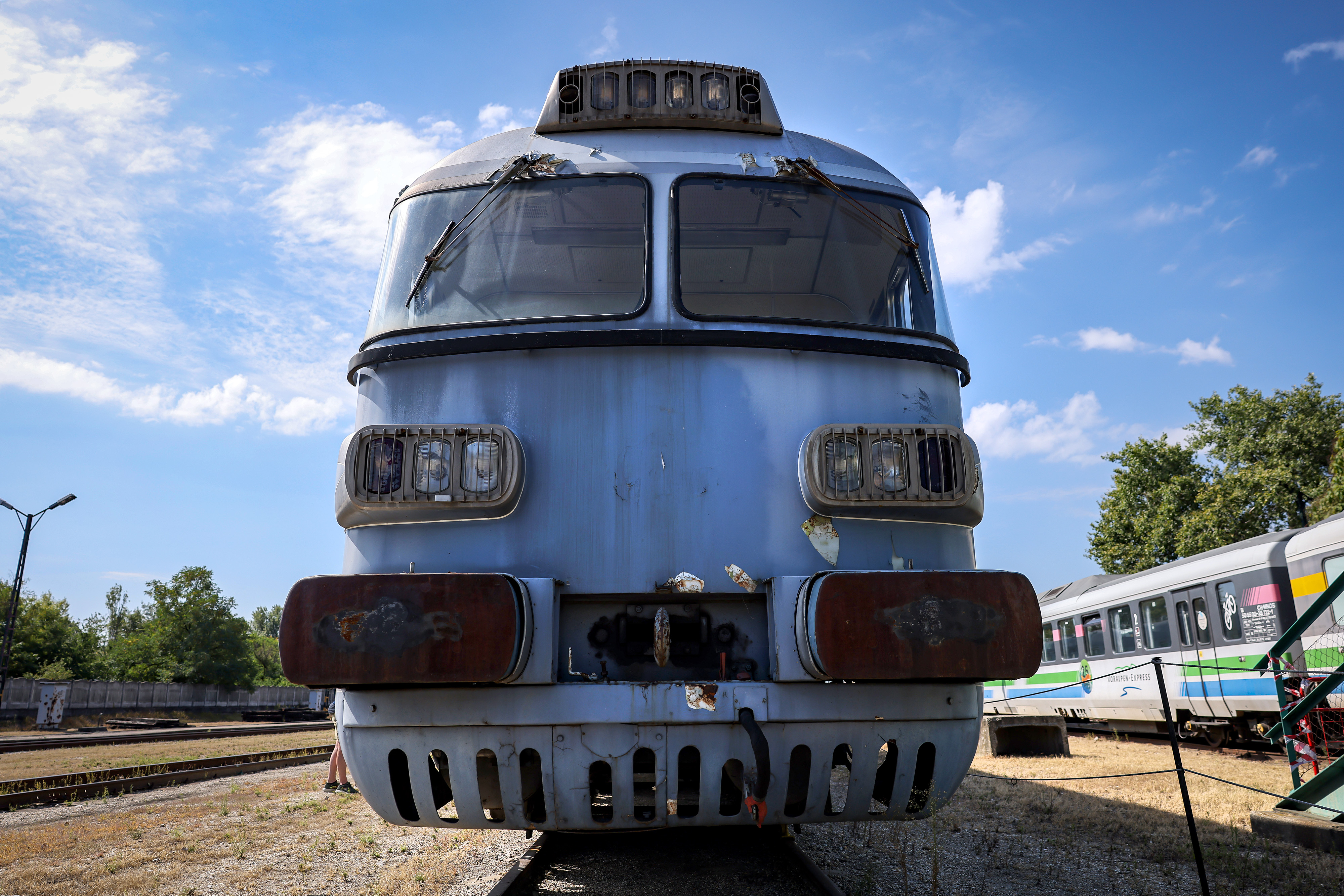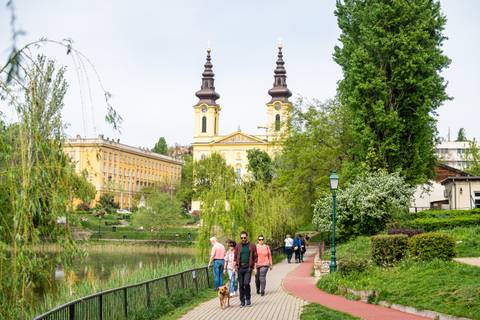The Hungarian Railway Museum in distant District XIV hides unique treasures not only for those who love locomotives but for history buffs, too. Among the many, many trains, you can find the engines which once transported Miklós Horthy, Mátyás Rákosi and János Kádár, all dictatorial leaders of the 1900s in Hungary, and which therefore have particular heritage value. We climbed on board Kádár’s Silver Arrow with its former employees, local experts István Márta and Endre Füzi.
From 1982 and 1986 respectively, István Márta and Endre Füzi worked on János Kádár’s train, which remained in use for several years even after the change of régime in 1989. In this way, later political figures rode on it, too. The train was not only an instrument of power, but also had a representative purpose. It served Hungary until 2008, when the country's leaders felt more comfortable in the governmental car, then aeroplane.
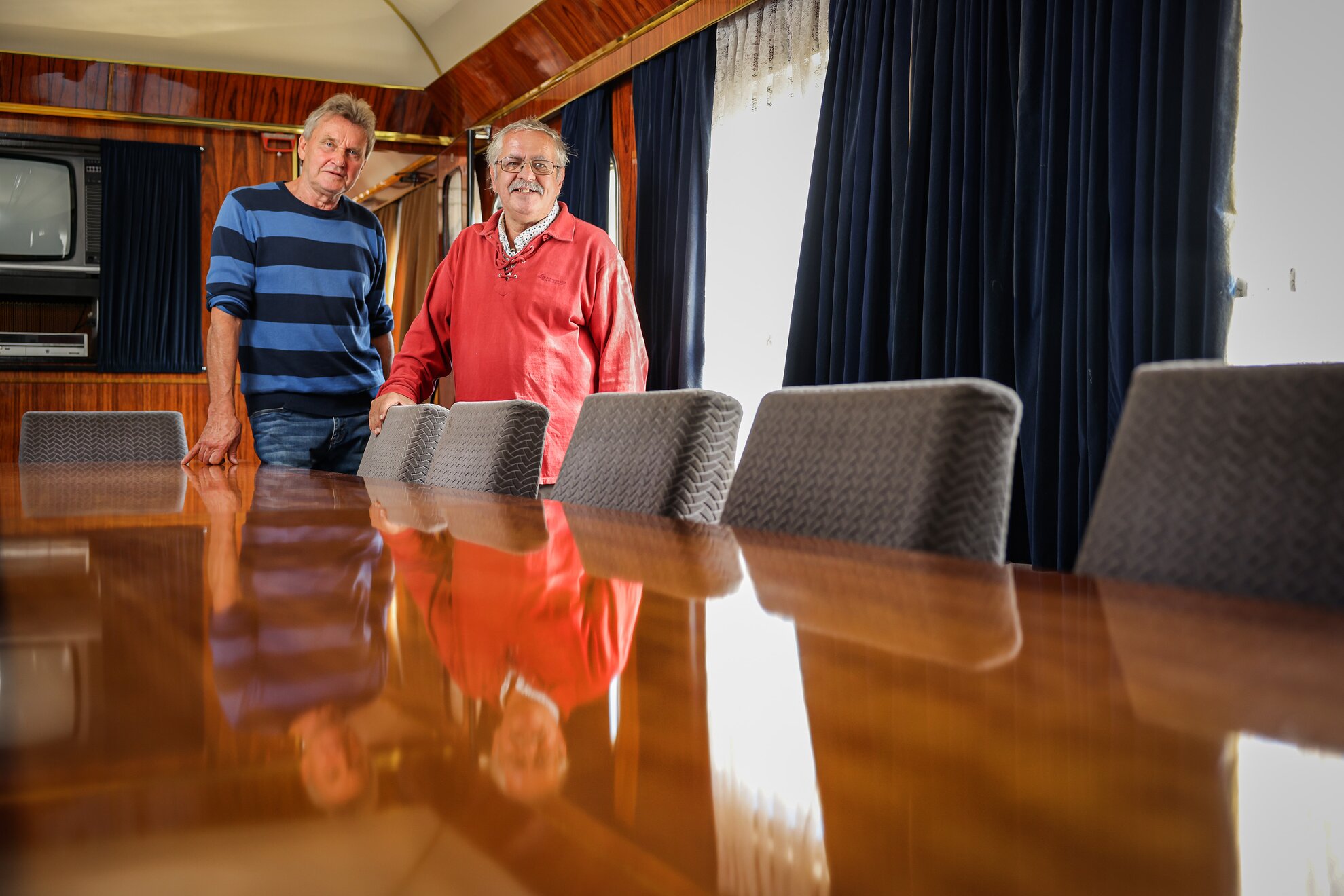
Around this time, the Governmental Workshop attached to Nyugati station ceased to be in service – as did Kádár's Silver Arrow, having been parked there safely under cover. After moving to the open-air Hungarian Railway Museum, exposed to the elements, the poor train now looks quite weather-beaten from the outside. Within, however, it is in pretty good nick.
According to legend, János Kádár hated flying and loved simplicity. Following the 1956 Revolution, the construction of a governmental train was fairly swift. Although the train that served previous dictator Mátyás Rákosi was still available, Kádár didn’t want to use it, as it would have shown him in a bad light, so in the end they decided to build a completely new vehicle.
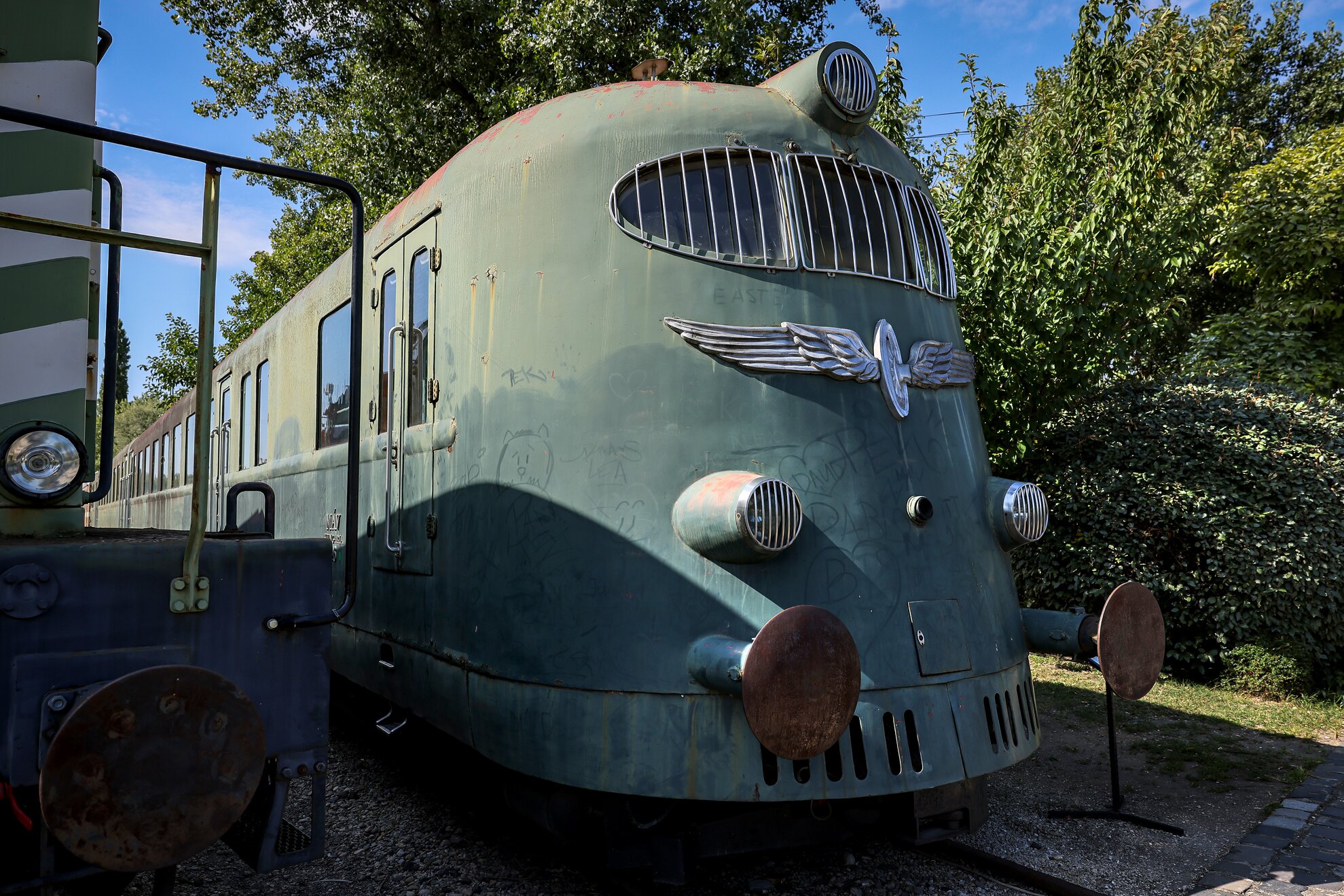
Kádár’s Silver Arrow was completed in 1968, and put into service a year later, the start of its golden days which ended in 1989. At that time, it was used exclusively for governmental purposes, and after 1989 it became more and more a vehicle of State. Kádár’s train was used from time to time by lower-level leaders, railway drivers, even filmmakers.
Of course, they made sure to install the most beautiful, the best and the most advanced of everything on the train so, for example, it had air conditioning and heated windshields, but luxury wasn't the priority.
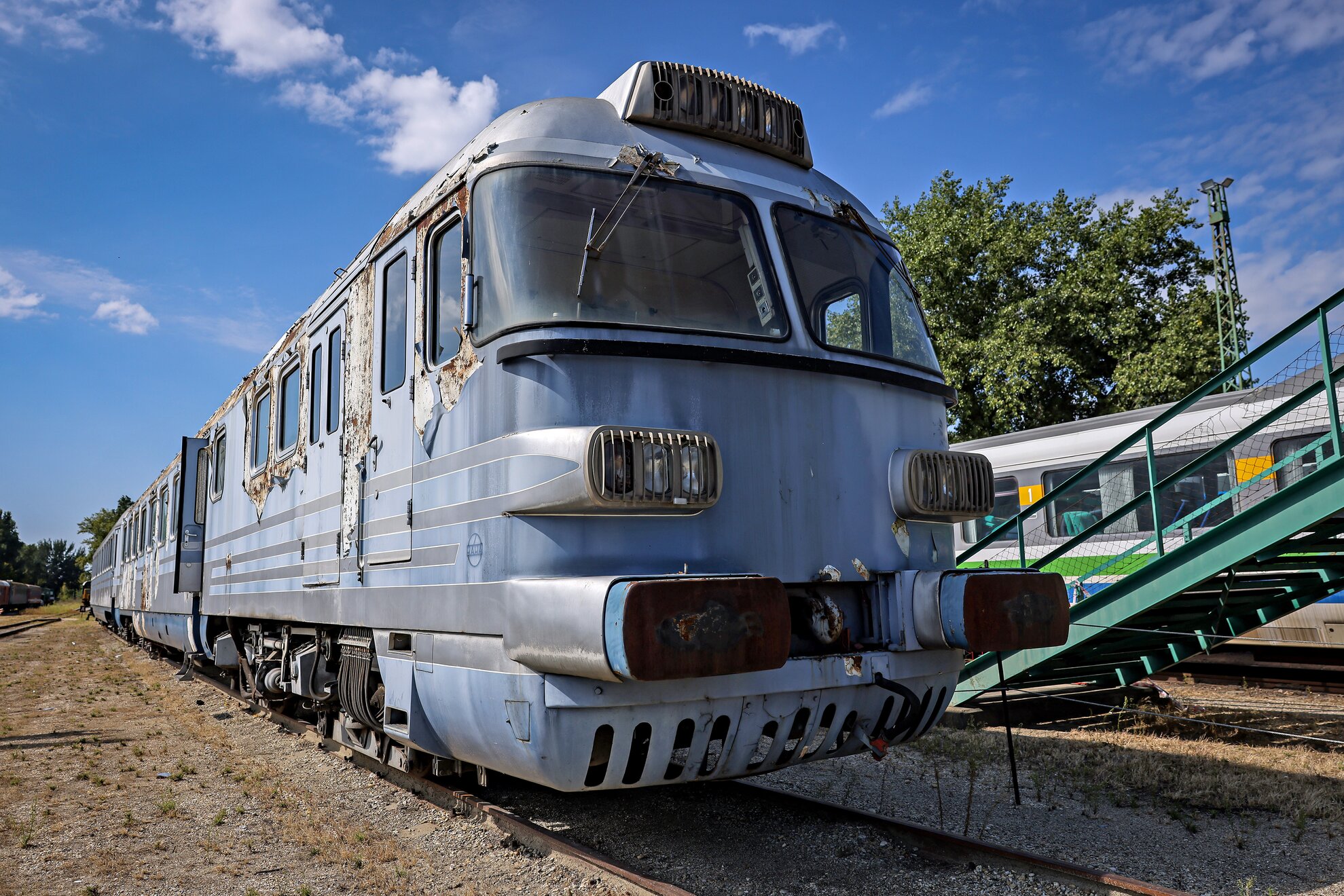
It is worth explaining here that there was nothing special about János Kádár having his own train, almost every leader in the region had one. Of course, there were politicians who rose a bit above their station – such as the GDR’s Erich Honecker or the Romanian Nicolae Ceaușescu – but Kádár was not one of them, his puritanical streak not just urban legend but the reality.
Rather, we can say that it was characterised by restrained elegance. The train was built at the Rába Hungarian Wagon and Machine Factory, and its mechanical parts were installed by Ganz-MÁVAG.
The Kádár train, 76 metres long and especially fast for the time, consisted of three parts: a saloon car, where Kádár and his guests travelled, and two engines either side. The train had a kitchen, a chess room, aka a small lounge, toilets, sleeping cabins, a conference room for 16 people, as well as a radio room, and rest and sleeping areas for the staff.
In the spirit of railway tradition, every vehicle was given a nickname, including Kádár’s. The people widely called the train the Silver Arrow because of the silver stripes painted on its side, this was the accepted version. But the train also had a nickname, the Grey Donkey, with all its obvious connotations.
In its pomp, the train travelled 5-7,000km
a year. It toured the entire Socialist bloc and even went West, but only as far
as Vienna. Security rules were in place, some of which were quite amazing – although par for the course back then.
According to one rule, the train could
only stop on two conditions: if it received a red signal, or if the current
timetable included the stop. It couldn’t just stop, even if someone or
something was on the rails right ahead. You just had to keep going – what
if it was an assassination attempt? So the Silver Arrow rolled forward in an
unstoppable manner, as did Socialism itself. Then finally the régime change
came and stopped both in their tracks.
We would like to thank the MÁV-Volán Group and MÁV Rail Tours for their help in writing this article.
